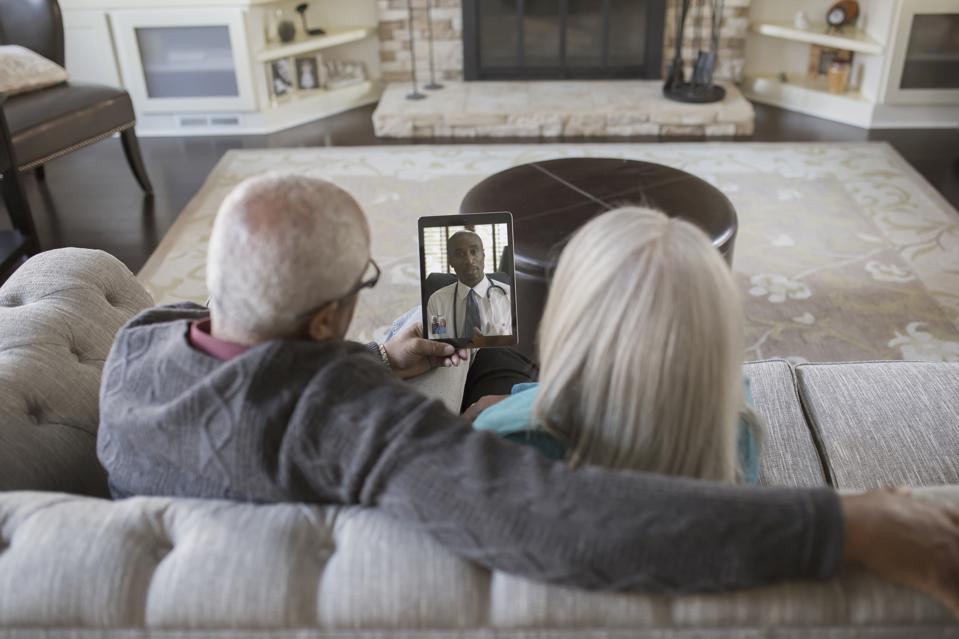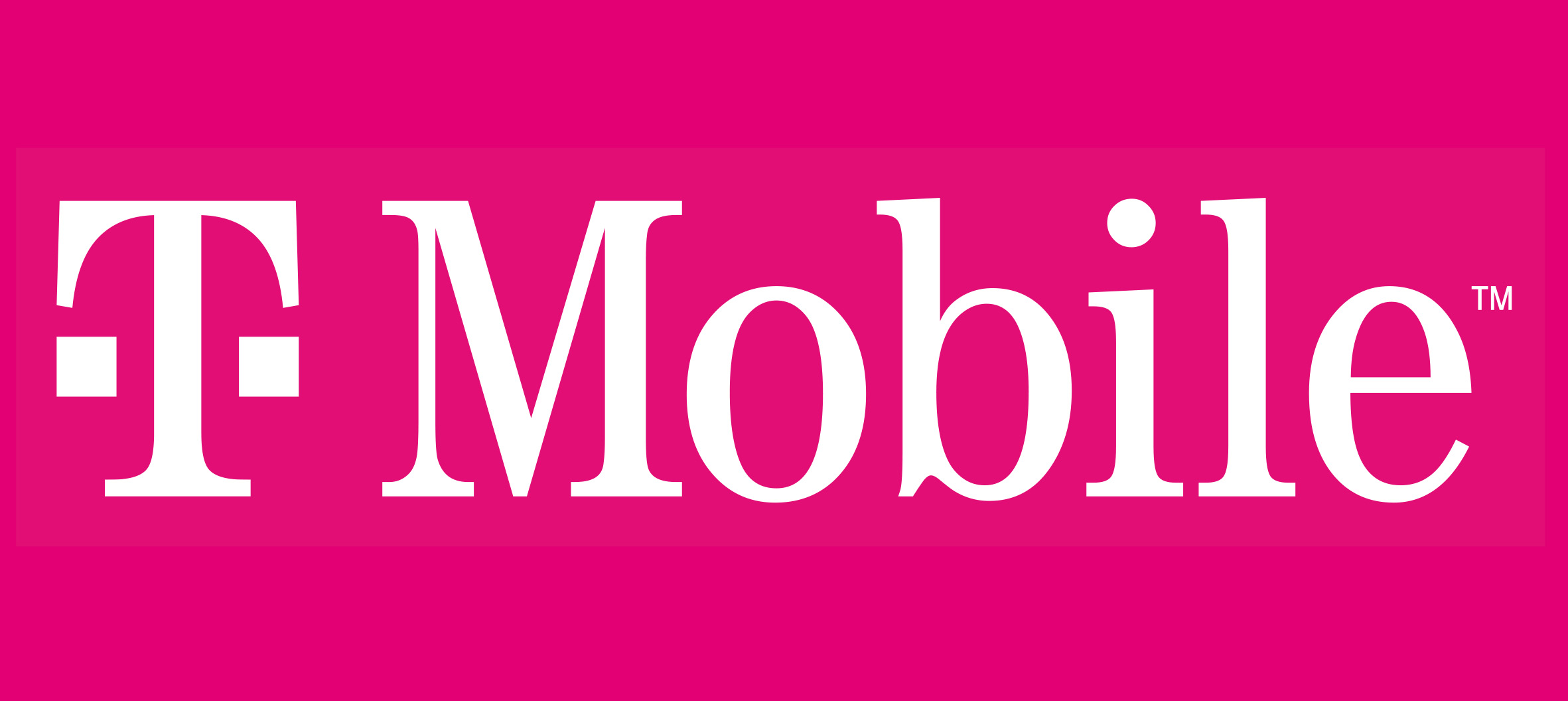Equitable Access To Healthcare Starts With Affordable Broadband For All
By Mike Katz | Brand Contributor

Originally published by Forbes
Even in the best of times, America has had a troubled relationship with equitable healthcare. Consider this 2017 report from the nonprofit Commonwealth Fund, which compared healthcare systems in developed nations like the United Kingdom, Australia, France, Germany, and New Zealand. It found that “the U.S. ranked last on performance overall, and ranked last or near last on the Access, Administrative Efficiency, Equity, and Health-Care Outcomes domains.”
COVID-19 has exposed the cracks in the foundation even more—especially within telehealth, the practice of interacting with a physician remotely via the internet. Prior to the pandemic, telehealth was a relatively seldom-used option. Given the social distancing directives of the past year, medical consultations of all sorts quickly went online, and telehealth became a necessary part of healthcare.
The Department of Veterans Affairs reports it provided more than 3.8 million clinical video visits into Veteran’s homes from 10/1/2019 to 9/30/2020, up from 294,000 visits during the same time period the year before. This represents a growth in visits of more than 1,219% in 2020. According to a report by FAIR Health, last October’s increase in COVID-19 cases saw a corresponding 3,060% increase in telehealth visits from the same time in 2019. Telehealth proved so effective that the federal Department of Health and Human Services and many states eased regulations to encourage the practice. And there are currently two bipartisan bills before Congress to make many of those changes permanent.
But due to the digital divide that separates those with reliable internet service from those without, telehealth is not a viable option for millions of Americans, revealing yet another inequity in our national healthcare system.
Equitable telehealth: obstacles vs. opportunities
The glaring answer to this worsening problem is better internet access for all. That’s where T-Mobile steps in. By leveraging our nationwide 5G network, T-Mobile is helping to connect the 130 million Americans in rural and small-town communities, as well as those in underserved urban areas who lack affordable internet coverage.
People in these communities need our support more than ever. The federal government found that roughly 80% of America’s rural population is medically underserved, with rural counties accounting for 20% of the U.S. population but only 10% of the country’s doctors. Many people who live in these areas are forced to drive hours to access medical specialists.
And many of these same folks also lack access to reliable, high-speed internet, which eliminates the option for telehealth. According to 2020 data from the Federal Communications Commission, 39% of people living in rural communities lack access to high-speed broadband, compared with just 4% of urban Americans. And for those who do live in underserved urban and suburban areas, many have only one choice of provider that they can’t afford.
The ability for mental health professionals and social workers to connect face-to-face with their patients, even over video conference, is vital. A patient’s body language and surroundings offer tells about the criticality of a person's situation. Because so many devices today are equipped with high-definition cameras that work well in low-light conditions, doctors can see how their patients look, if they are struggling to breathe, how a wound is healing, or if a mole might be skin cancer. Add in the many FDA-approved mobile health monitoring and diagnostic tools like electrocardiograms and heart-rate monitors, and doctors can get a good picture of how someone is doing without seeing them in person.
How healthcare providers are using telehealth to treat both physical and economic conditions
At the 2021 SXSW Conference, I moderated a virtual panel of leaders from the nation’s top children’s hospitals. I used this opportunity to raise awareness of the digital divide and to encourage more partnerships that aim to provide the best patient experiences and outcomes. Plenty of exciting telehealth examples already exist.
For instance, the doctors at Stanford Children’s Health provide diabetic kids with an iPod that monitors and sends glucose levels directly to their electronic health record. This remote monitoring allows doctors to keep tabs on them in near-real time. Stanford Children’s Health also conducts every other visit via video conference so their patients' conditions don't disrupt their lives any more than they already do.
Children's Hospital Los Angeles is currently conducting 90% of their initial pediatric mental health intake calls using telehealth. Now patients don't have to take time off from work or school, travel for hours, fight traffic, kill time in waiting rooms, or pay for parking and food just to see a doctor. In fact, telehealth is so important to underserved communities that Children’s Hospital Los Angeles now includes questions about broadband connectivity in their quality-of-care assessments.
Telehealth also helps Children’s Hospital Los Angeles, Stanford Children’s Health, and Texas Children's Hospital communicate with the diverse populations they serve. By including interpreters as part of their patients' care teams and using closed-captioning technology, these hospital systems reach people with hearing problems and cognitive impairments like brain injuries, as well as patients who speak English as a second language.
Let’s bridge this digital divide together
None of these improvements are possible if patients can’t access reliable, high-speed broadband internet. As a company—and as a nation—our mission is clear.
Yes, the pandemic has brought to light just how deep and wide America’s inequities run. Now tech companies, internet service providers, and other forward-thinking companies must step up and help America’s healthcare system move into a digitally accelerated era of greater equity and access.
When it comes to public health, we’re all in this together—that’s the very definition of the cause! T-Mobile is proud to lead the charge with our transformative 5G network technology as we connect more and more Americans to the people and services they need, wherever they may be, at a price they can afford. And we’re just getting started.
Ready to learn more? See what we’re doing to support 5G for Good.

